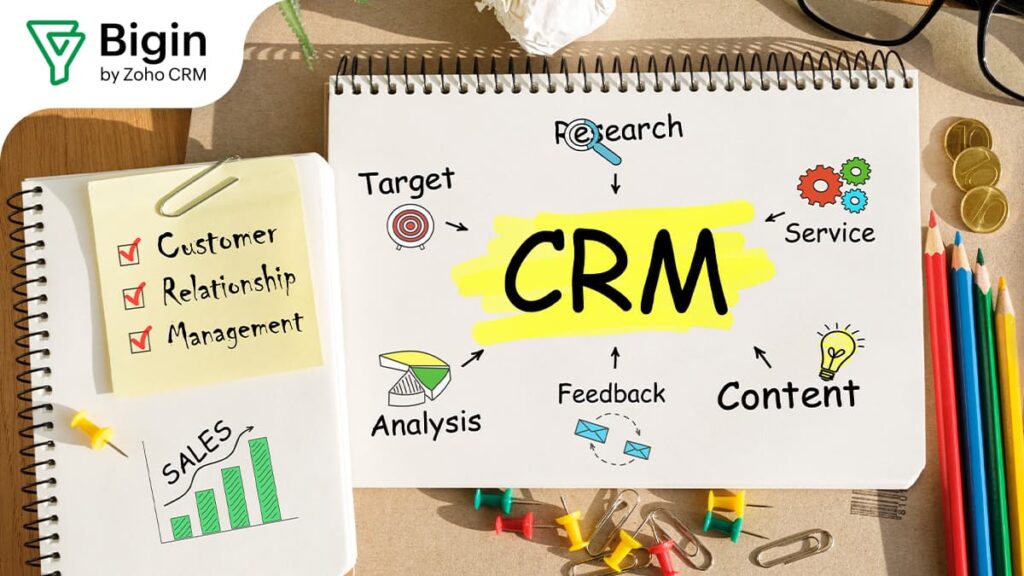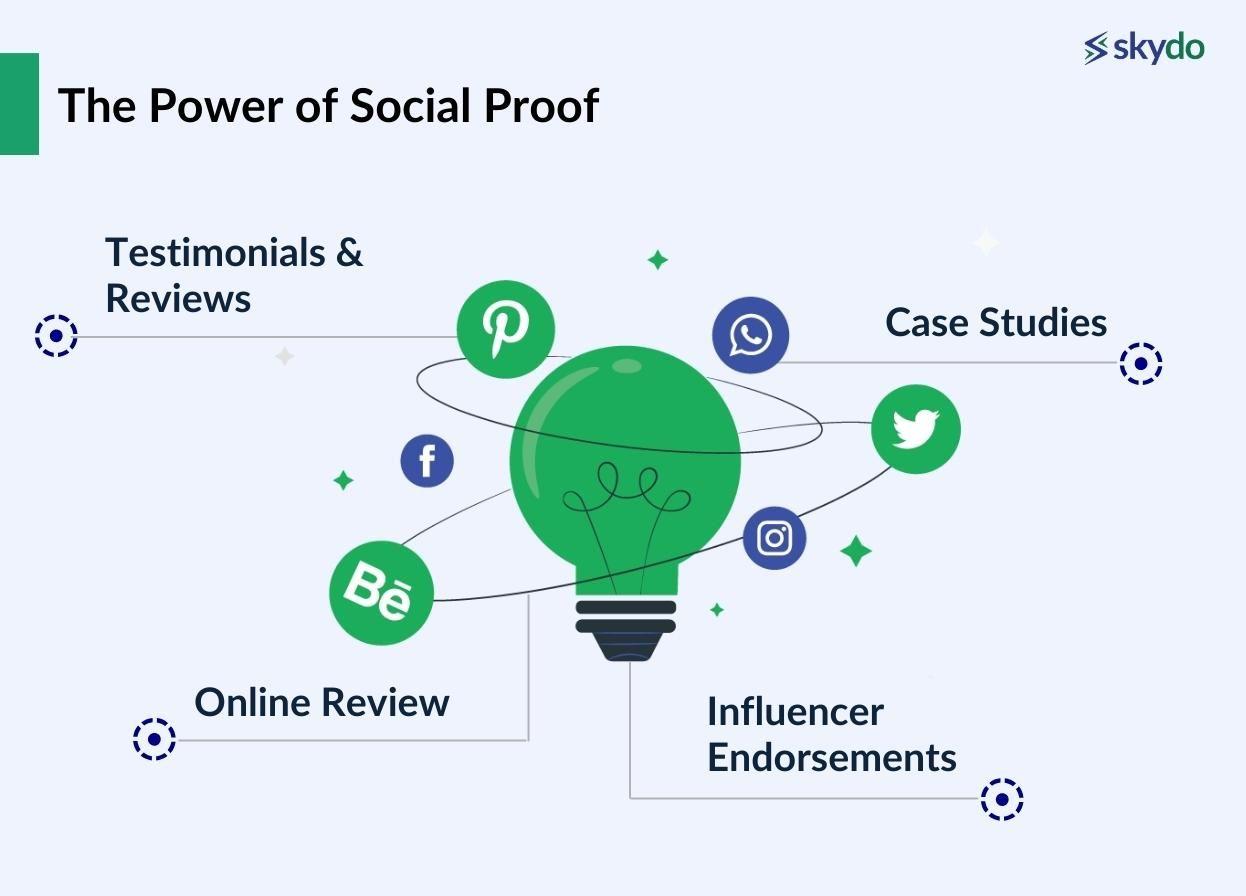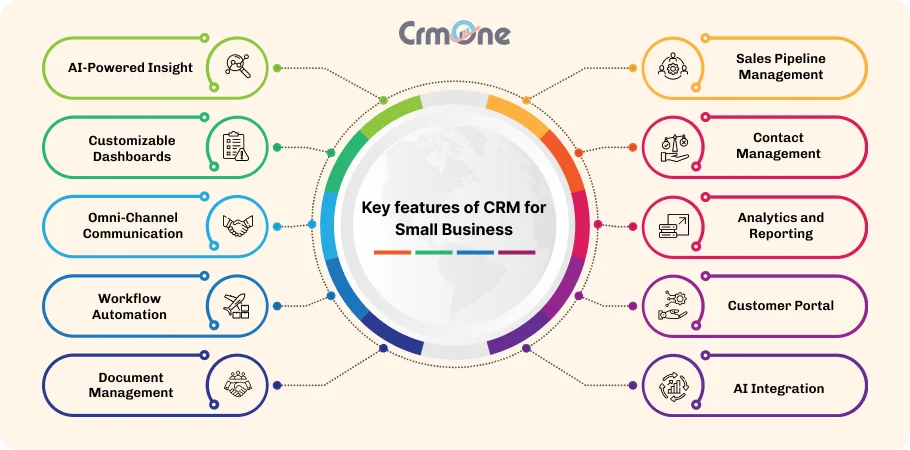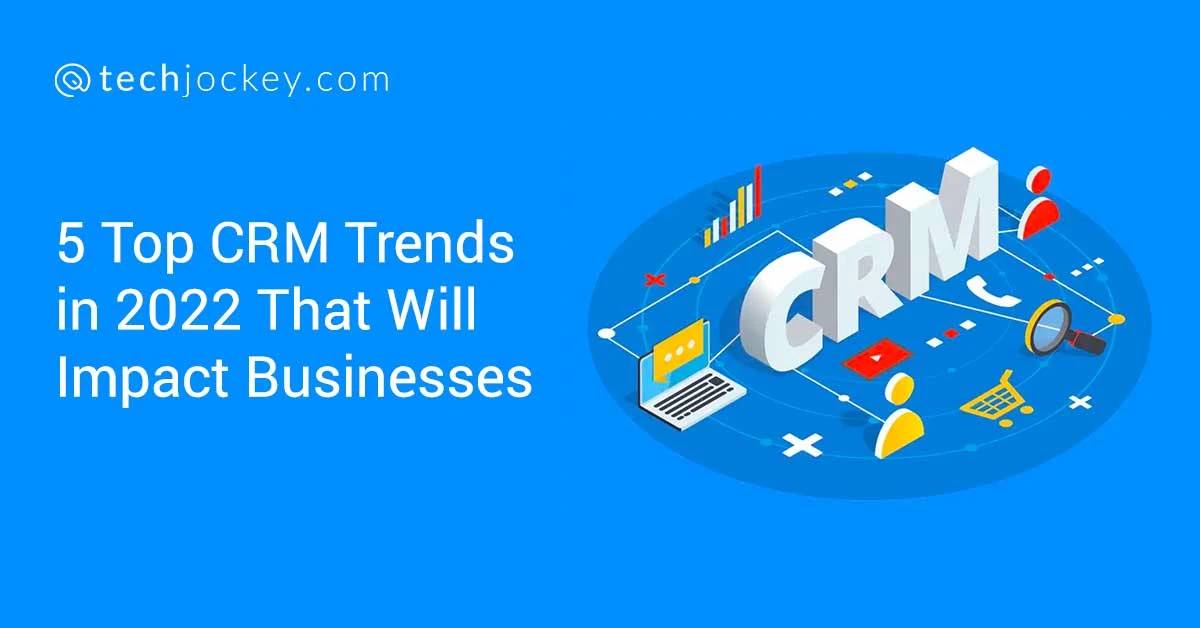
Small Business CRM Strategies 2025: A Roadmap to Customer Relationship Excellence
The landscape of customer relationship management (CRM) is perpetually evolving. As we approach 2025, small businesses face a critical juncture. The ability to adapt and implement effective CRM strategies will not only determine their survival but also their potential for exponential growth. This article dives deep into the essential CRM strategies that small businesses need to embrace in 2025. We’ll explore the latest trends, practical implementation steps, and how to leverage CRM to build lasting customer loyalty and drive revenue.
Understanding the Core of CRM in 2025
At its heart, CRM is about building and nurturing relationships. In 2025, this means going beyond simple data collection. It’s about understanding customer behavior, anticipating their needs, and providing personalized experiences. CRM isn’t just a software; it’s a business philosophy centered on the customer.
The Shift Towards Customer-Centricity
The focus has firmly shifted towards customer-centricity. Businesses that prioritize the customer experience (CX) are the ones that thrive. This involves:
- Personalization at Scale: Leveraging data to tailor every interaction.
- Proactive Engagement: Anticipating customer needs before they arise.
- Seamless Omnichannel Experiences: Providing consistent service across all touchpoints.
Key Technologies Shaping CRM in 2025
Several technological advancements are significantly impacting CRM strategies:
- Artificial Intelligence (AI) and Machine Learning (ML): Automating tasks, providing insights, and personalizing interactions.
- Cloud-Based CRM: Offering flexibility, scalability, and accessibility.
- Mobile CRM: Empowering businesses to manage customer relationships on the go.
- Data Analytics: Transforming raw data into actionable insights.
Essential CRM Strategies for Small Businesses in 2025
Implementing the right strategies is crucial for small business success. Here’s a breakdown of the most important ones:
1. Selecting the Right CRM Software
Choosing the right CRM software is the foundation of a successful CRM strategy. For small businesses, ease of use, affordability, and scalability are paramount. Consider these factors:
- Features: Identify the features you need, such as contact management, sales automation, marketing automation, and customer service tools.
- Integration: Ensure the CRM integrates with your existing tools, such as email marketing platforms and accounting software.
- Cost: Evaluate different pricing models and choose a plan that fits your budget.
- Scalability: Select a CRM that can grow with your business.
2. Implementing a Data-Driven Approach
Data is the lifeblood of modern CRM. Collecting, analyzing, and utilizing data effectively is essential for making informed decisions. This involves:
- Data Collection: Gathering data from all customer touchpoints, including website visits, social media interactions, and email communications.
- Data Analysis: Using analytics tools to identify trends, patterns, and customer behavior.
- Data Segmentation: Grouping customers based on demographics, behavior, and preferences to personalize marketing and sales efforts.
- Data Privacy: Complying with data privacy regulations like GDPR and CCPA.
3. Automating Key Processes
Automation frees up your team to focus on more strategic tasks. Automate repetitive tasks such as:
- Lead Generation: Automatically capturing leads from website forms and social media.
- Email Marketing: Sending targeted email campaigns based on customer behavior.
- Sales Follow-up: Automating follow-up emails and tasks.
- Customer Service: Using chatbots and automated responses to handle common inquiries.
4. Personalizing the Customer Experience
Personalization is no longer a luxury; it’s an expectation. Use customer data to tailor every interaction. This includes:
- Personalized Email Marketing: Sending emails that address customers by name and recommend products based on their past purchases.
- Personalized Website Content: Displaying different content to different customer segments.
- Personalized Product Recommendations: Suggesting products that align with customer preferences.
- Personalized Customer Service: Providing tailored support based on a customer’s history.
5. Integrating Omnichannel Communication
Customers interact with businesses across various channels, including email, phone, social media, and live chat. An omnichannel strategy provides a seamless experience across all channels.
- Consistent Messaging: Ensure the same message is delivered across all channels.
- Centralized Data: Store customer data in a central location for easy access.
- Seamless Transitions: Allow customers to switch between channels without losing context.
6. Focusing on Customer Retention
Retaining existing customers is often more cost-effective than acquiring new ones. Implement strategies to improve customer loyalty:
- Loyalty Programs: Reward repeat customers with exclusive offers and discounts.
- Proactive Customer Service: Reach out to customers before they have issues.
- Feedback Collection: Regularly ask for customer feedback and use it to improve your products and services.
- Personalized Communication: Keep customers engaged with targeted messages.
7. Leveraging AI and Machine Learning
AI and ML are transforming CRM. They can:
- Predict Customer Behavior: Anticipate future needs and personalize interactions.
- Automate Tasks: Automate repetitive tasks such as data entry and lead scoring.
- Improve Sales Forecasting: Provide more accurate sales forecasts.
- Enhance Customer Service: Use chatbots to provide instant support.
8. Training and Empowering Your Team
Your team is your most valuable asset. Provide them with the training and tools they need to succeed.
- CRM Training: Train your team on how to use your CRM software effectively.
- Sales Training: Provide sales training to improve their selling skills.
- Customer Service Training: Train your customer service team to handle customer inquiries and resolve issues efficiently.
- Empowerment: Give your team the autonomy to make decisions and provide excellent customer service.
Implementing Your CRM Strategy: A Step-by-Step Guide
Successfully implementing a CRM strategy involves a systematic approach. Here’s a step-by-step guide:
1. Define Your Goals and Objectives
What do you want to achieve with your CRM? Define specific, measurable, achievable, relevant, and time-bound (SMART) goals. Examples include:
- Increase sales by X% in Y months.
- Improve customer satisfaction scores by Z%.
- Reduce customer churn by A%.
2. Assess Your Current Situation
Evaluate your existing processes, technology, and team. Identify any gaps or areas for improvement.
- Current CRM Usage: Determine how your team currently uses CRM (if any).
- Data Quality: Assess the quality of your existing customer data.
- Process Mapping: Map out your current sales, marketing, and customer service processes.
3. Choose Your CRM Software
Based on your needs and budget, select the right CRM software. Consider factors like user-friendliness, features, integration capabilities, and scalability.
4. Migrate Your Data
Transfer your existing customer data into your new CRM. Ensure data accuracy and completeness. Cleanse and organize your data for optimal performance. Consider data migration tools if necessary.
5. Customize Your CRM
Configure your CRM to match your business processes. Customize fields, workflows, and reports. Tailor the system to your specific needs.
6. Train Your Team
Provide comprehensive training to your team on how to use the CRM software. Offer ongoing support and resources.
7. Launch and Monitor
Go live with your CRM. Monitor key metrics and make adjustments as needed. Track your progress towards your goals. Regularly review and optimize your CRM strategy.
8. Continuously Improve
CRM is an ongoing process. Regularly review your CRM strategy and make improvements based on your results. Stay up-to-date on the latest trends and technologies.
The Benefits of a Robust CRM Strategy
Implementing a well-defined CRM strategy yields numerous benefits for small businesses:
- Increased Sales: By improving lead management, sales automation, and customer engagement.
- Improved Customer Satisfaction: By providing personalized experiences and excellent customer service.
- Enhanced Customer Loyalty: By building stronger relationships and offering rewards.
- Reduced Costs: By automating tasks and improving efficiency.
- Better Decision-Making: By providing data-driven insights.
- Improved Team Collaboration: By centralizing customer data and improving communication.
CRM Strategies for Specific Industries
Different industries have unique needs. Here are some specific CRM strategies for common sectors:
Retail
- Personalized Recommendations: Suggest products based on past purchases and browsing history.
- Loyalty Programs: Reward repeat customers with exclusive offers.
- Omnichannel Experience: Provide a seamless experience across online and in-store channels.
Healthcare
- Patient Relationship Management: Manage patient data and interactions securely.
- Appointment Scheduling: Streamline appointment booking and management.
- Communication: Send appointment reminders and follow-up messages.
Real Estate
- Lead Management: Track and nurture leads effectively.
- Property Management: Manage property listings and client interactions.
- Communication: Keep clients informed about new listings and market updates.
Financial Services
- Client Relationship Management: Build and maintain strong client relationships.
- Compliance: Ensure compliance with industry regulations.
- Personalized Financial Planning: Provide tailored financial advice.
Challenges and How to Overcome Them
Implementing a CRM strategy is not without its challenges. Here’s how to overcome common hurdles:
1. Data Migration Issues
Migrating data can be complex. Ensure data accuracy and completeness. Cleanse and organize your data. Consider using data migration tools.
2. User Adoption Resistance
Some team members may resist using a new CRM. Provide comprehensive training and ongoing support. Highlight the benefits of using the CRM.
3. Integration Complexities
Integrating your CRM with other tools can be challenging. Choose a CRM that integrates well with your existing tools. Seek expert help if needed.
4. Lack of Clear Strategy
Without a clear strategy, your CRM implementation may fail. Define your goals and objectives. Develop a detailed implementation plan.
5. Poor Data Quality
Poor data quality can undermine your CRM efforts. Implement data cleansing and maintenance procedures. Regularly review and update your data.
The Future of CRM: Emerging Trends to Watch
The CRM landscape is constantly evolving. Stay ahead of the curve by watching these emerging trends:
- Hyper-Personalization: Using AI to provide even more personalized experiences.
- Predictive Analytics: Using AI to predict customer behavior and needs.
- Voice CRM: Using voice assistants to interact with your CRM.
- Blockchain CRM: Using blockchain to secure customer data.
- The Metaverse and CRM: Exploring how virtual worlds will influence customer interactions.
Conclusion: Embracing CRM for Small Business Success
In 2025, a robust CRM strategy is no longer optional; it’s essential for small business success. By embracing the strategies outlined in this article, small businesses can build stronger customer relationships, drive revenue growth, and thrive in an increasingly competitive market. Remember to prioritize customer-centricity, leverage data, automate key processes, and continuously improve your CRM strategy to stay ahead of the curve.
By focusing on the customer, adapting to technological advancements, and implementing the right strategies, small businesses can unlock their full potential and achieve long-term success in the dynamic landscape of 2025 and beyond.


